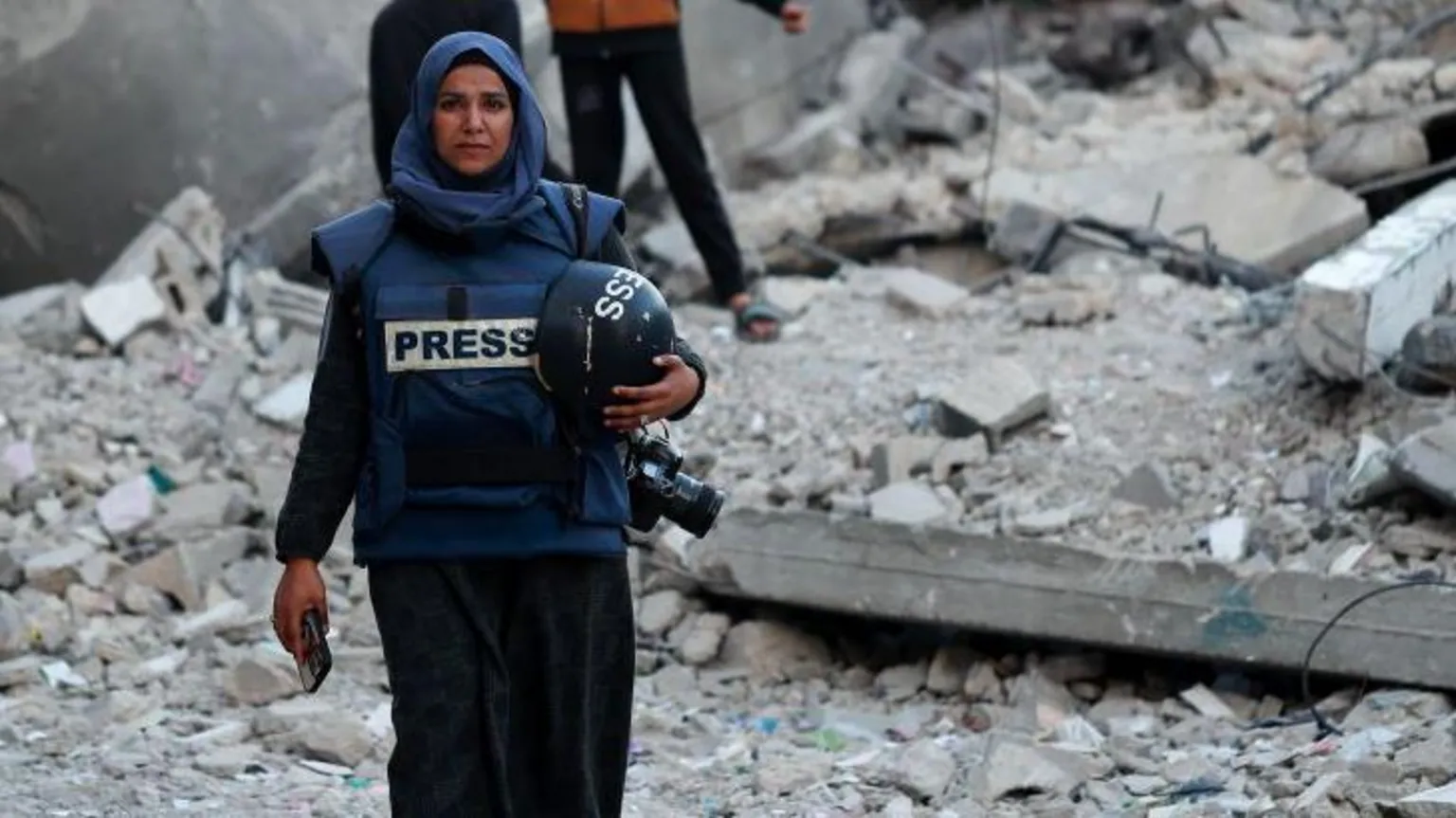1 November, 2022
Violence against children (VAC) in Afghanistan is a serious issue in the context of many decades of conflict and poverty. To date, limited studies have explored the extent of VAC in Afghanistan and the settings where VAC takes place. To understand (i) the extent of VAC, (ii) settings where VAC takes place, (iii) parental forms of VAC and (iv) regional differences, an interview administered cross-sectional survey was employed among a community sample of 145 children and 104 parents living within Kabul, Torkham, and Jalalabad. Demographic information was collected as well as items from the International Child Abuse Screening Tool (ICAST-CH). In this study, 71% of children reported experiencing physical violence is some form in the past year. Home was the most likely location of violence. The overwhelming majority of parents reported using physical violence as a discipline method. Parents who attained higher levels of education and had more skilled occupations used violence less as a discipline method. However, consistent with international research, children cited their parents as their preferred source of support in situations of violence. Interestingly, parents did not see violent forms of discipline as more effective than non-violent strategies. The results offer a disturbing yet ‘on the ground’ insight into VAC in Afghanistan from the experience of children and parents. The results have important implications for programming design and provide a focus for stopping and preventing VAC in Afghanistan and similar contexts.



